The Twenty-Four Solar Terms
Enjoy cuisine prepared based on the twenty-four solar terms

The twenty-four solar terms were devised to reflect the seasons back when the lunar calendar was in use. Under this system, each year is divided up into twenty-four equal segments, each with its own name. Even today, these names are still used to indicate seasonal changes.
* Koyomibenran, cited in the explanations of the twenty-four solar terms, is a commentary on the calendar written by Taigensai and published in 1787.
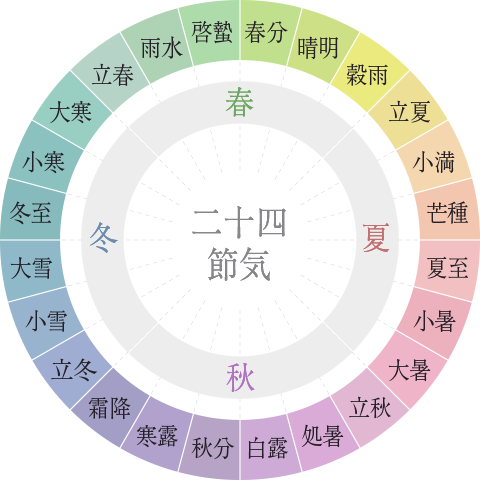
Spring
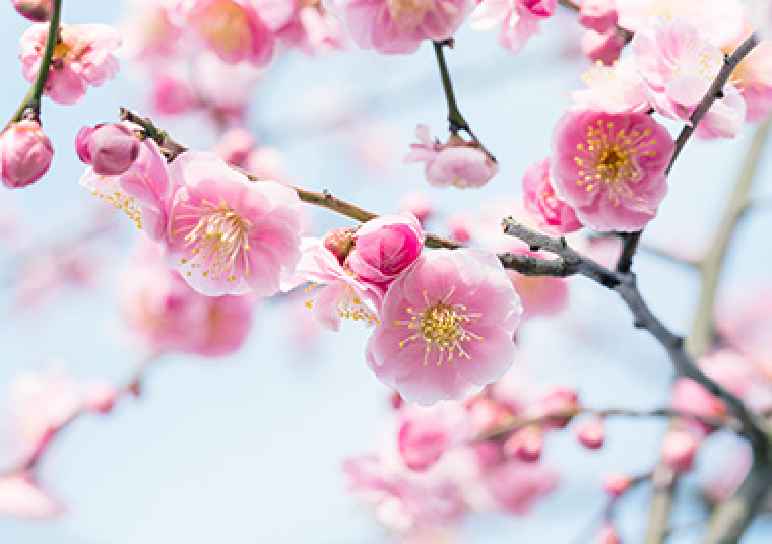
Risshun
Around February 4 to February 18
When there are hints of spring in the air
Spring is from Risshun to the day before Rikka.
Although it is still quite cold, the days gradually lengthen, and in the warmer regions of Kyushu and the Pacific Ocean side of Japan, plum blossoms begin to bloom.
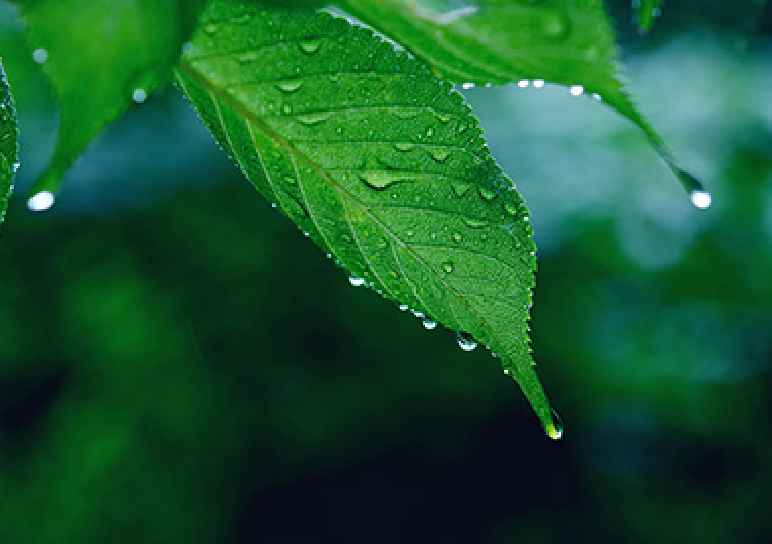
Usui
Around February 19 to March 4
When the sun shines down and the snow and ice melt into rainwater
Precipitation shifts from snow to rain around this time, and the deep piles of snow begin to melt. The first spring storms blows, and in southern Kyushu, Japanese bush warblers begin to chirp.
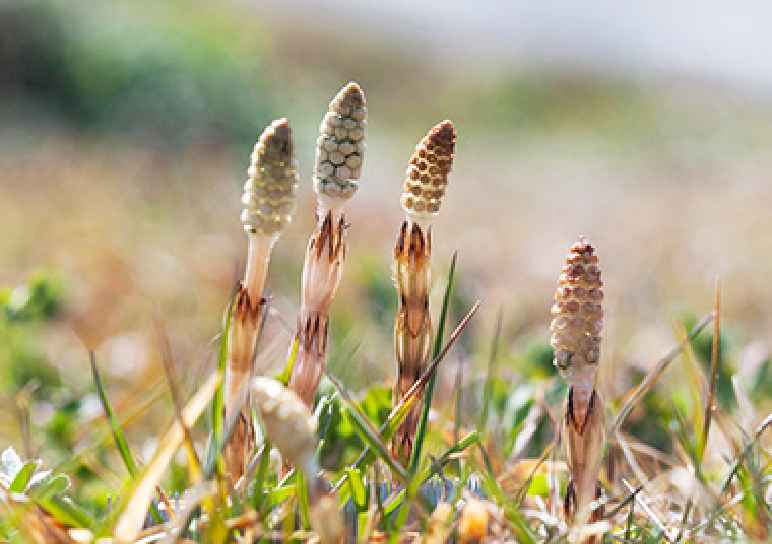
Keichitsu
Around March 5 to March 19
When the sun climbs higher in the sky each day, and the shrunken insects emerge from their holes
Keichitsu refers to the period when the hibernating insects begin to climb out of their holes. It will be a little while before the insects actually become active. It is around this time that willow trees begin to sprout and butterbur flowers bloom.
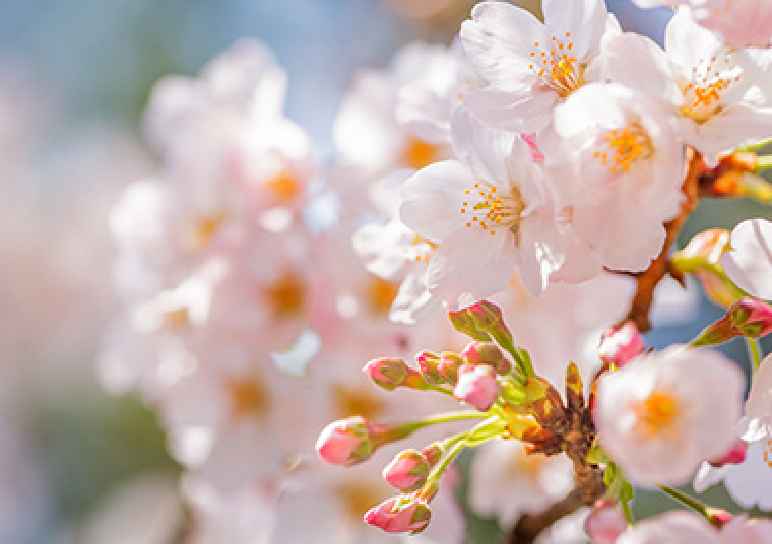
Shunbun
Around March 20 to April 3
When day and night are equally divided
The seven-day period before and after shunbun is the equinox. The weather may be warm, but remain cautious, as cherry blossom season may be chilly or the cold may return. Day and night are roughly the same length, but the days gradually grow longer from around this time.
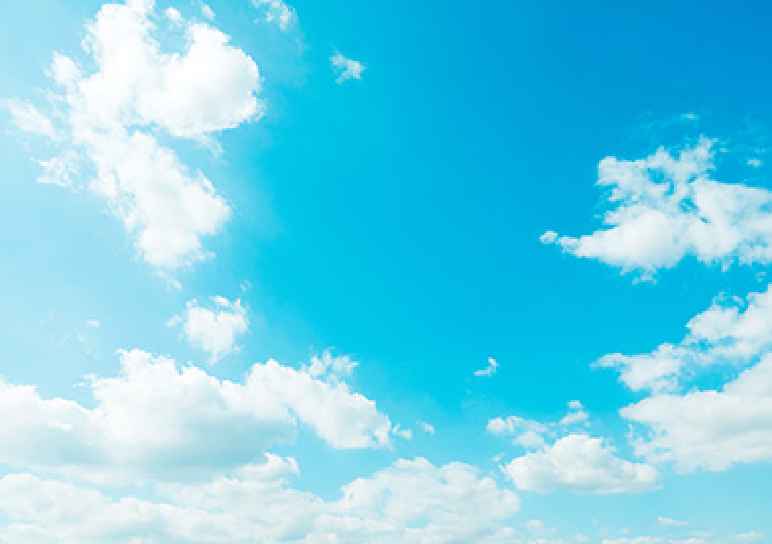
Seimei
Around April 4 to April 19
When greenery returns in full and all things are clean and clear
Seimei stands for “clean and clear,” which is the perfect way to describe this time of year when the skies are clear. Looking to the ground during this season, you will see numerous flowers in bloom as if in competition.
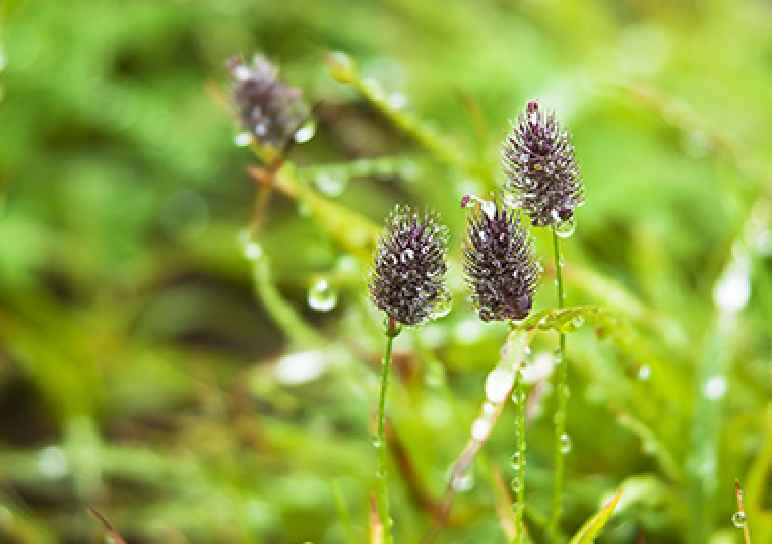
Koku
Around April 20 to May 5
When the rains fall and the grains grow
This period is named “Koku,” which means “grain rain,” because spring rains moisten the grain fields. The weather becomes more stable around this time, and the sunlight gradually intensifies. In ancient times, farmers began preparing to plant at this time.
Summer
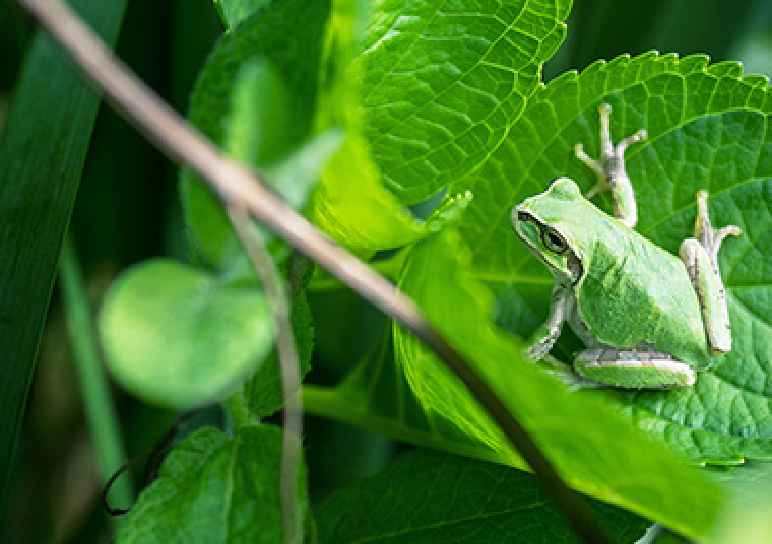
Rikka
Around May 5 to May 20
When there are hints of summer in the air
Summer is from Rikka to the day before Risshu.
The fields and mountains are covered in fresh greenery, and signs of summer can be felt. This is when frogs begin to croak and bamboo shoots start growing.
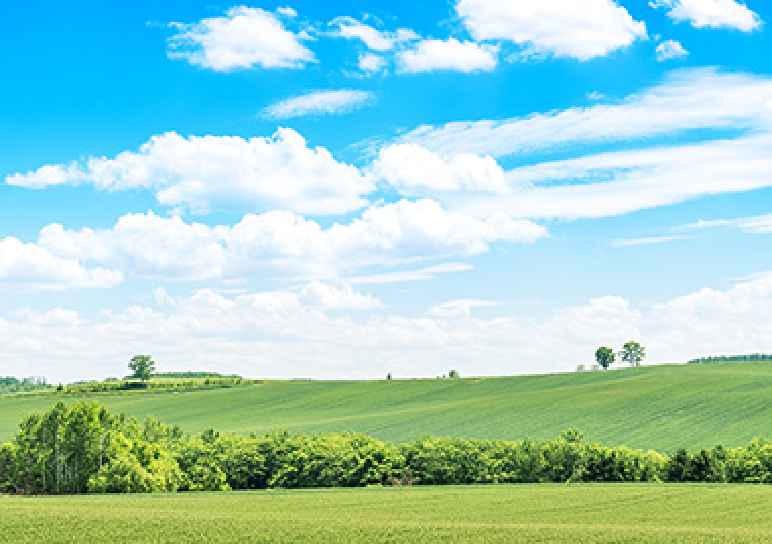
Shoman
Around May 21 to June 4
When all things come to fruition and foliage flourishes
Shoman means that the weather becomes more pleasant, and foliage and other living creatures gradually grow and flourish. This is around the time that the early rainy season begins in western Japan.

Boshu
Around June 5 to June 20
When it’s time to sow bearded grains
Boshu means that it is time to sow seeds of bearded grains, such as rice, but seeds are sown much earlier nowadays. This is around the time that western Japan fully enters the rainy season.
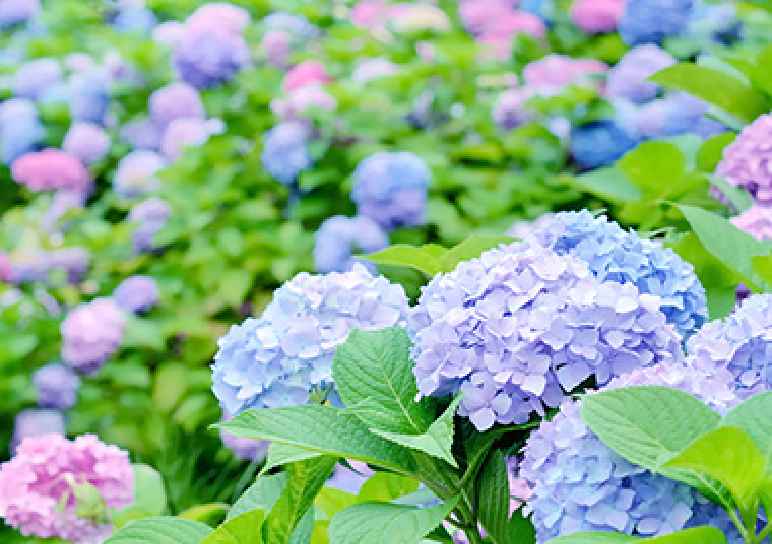
Geshi
Around June 21 to July 6
When the sun is up and the days are the longest
Geshi is when the days are the longest during the year, but for most of Japan, it is the rainy season, so the longer days are not really noticed. This is the season when flowers that are suited to the rain, such as irises and hydrangea, are in bloom.
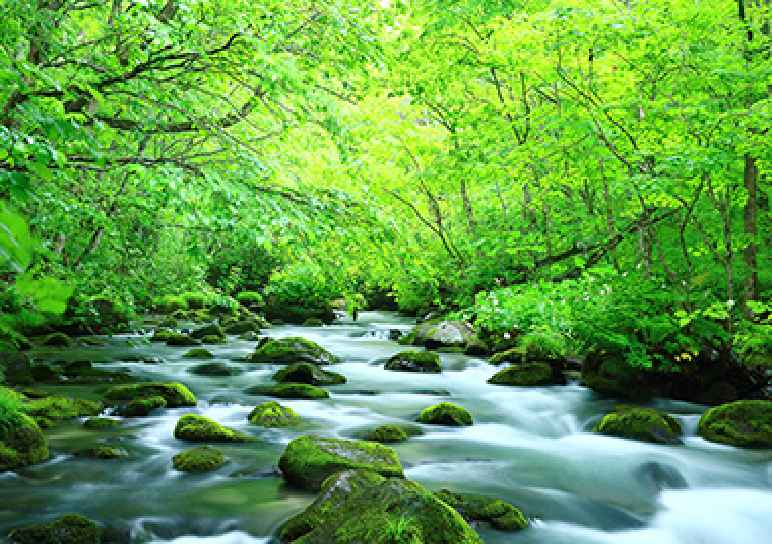
Shosho
Around July 7 to July 21
When Taisho is near
Shosho is when the rainy season is almost over and the heat begins in earnest.
This is the season of torrential rains. This is around the time when lotus flowers bloom and the cicadas begin their chorus.
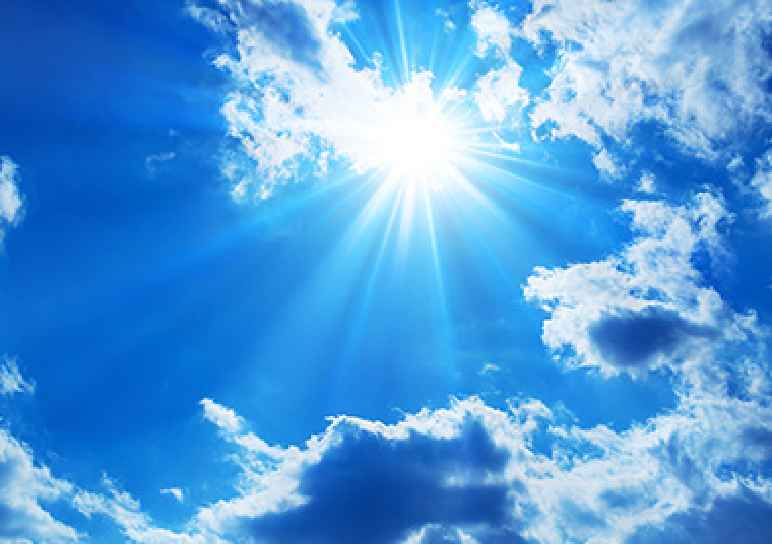
Taisho
Around July 22 to August 6
When the heat is intense
The name Taisho literally means the hottest time of the year, but in reality, the hottest period is a bit later. This is midsummer. Schools are closed for the summer vacation, and cloud peaks rise high in the sky.
Autumn
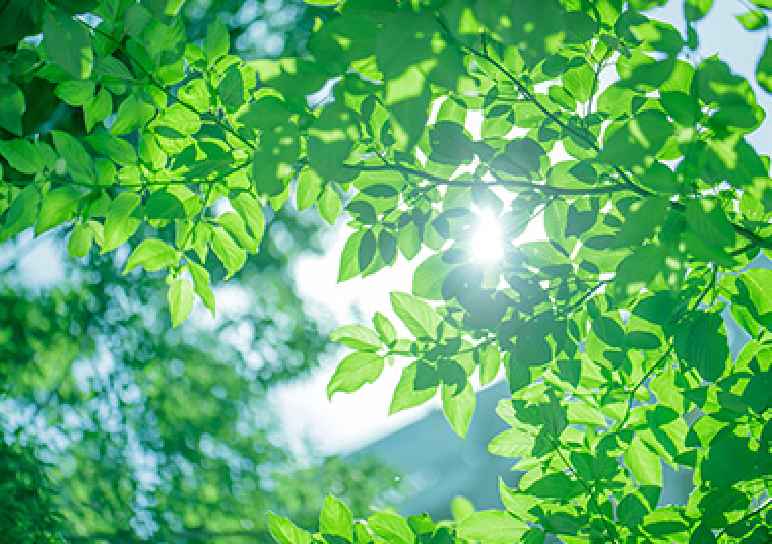
Risshu
Around August 7 to August 22
When the first hints of autumn are in the air
Autumn is from Risshu to the day before Ritto. This is the hottest time of the year, but that just means that the rest of the year will be cooler. Summer greeting cards are customarily sent before this. Cards sent after this are technically called late-summer greeting cards.
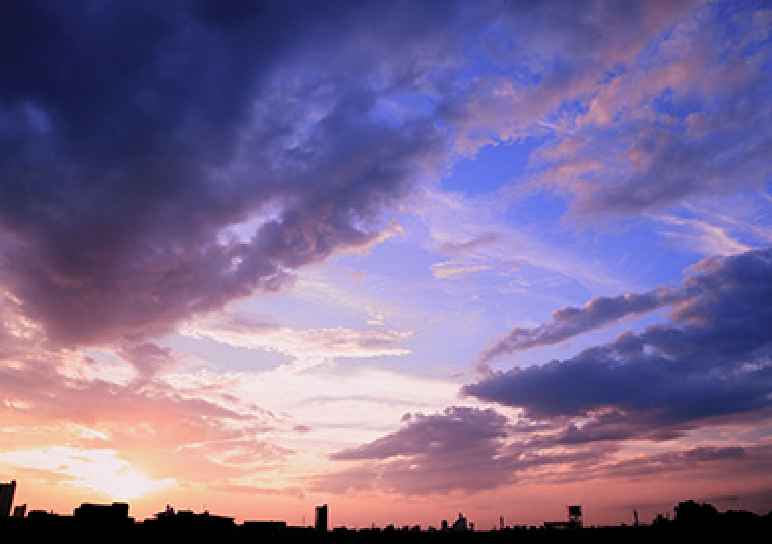
Shosho
Around August 23 to September 6
When the sun stays and the heat first begins to subside
Shosho means that the heat comes to an end.
This is the time when bush clovers bloom, and a pleasant cool breeze blows in the mornings and evenings, but it is also the season of typhoons.
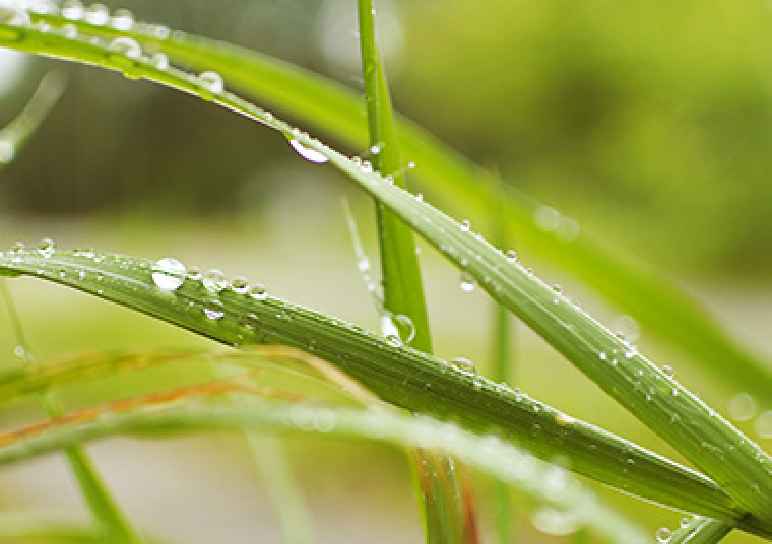
Hakuro
Around September 7 to September 22
When the gloom finally deepens and the dew turns white
Hakuro is when the fields are thinly covered in rice ears, and the signs of autumn become more prominent. The pleasant breezes in the mornings and evenings begin to cool and feel a little chilly.
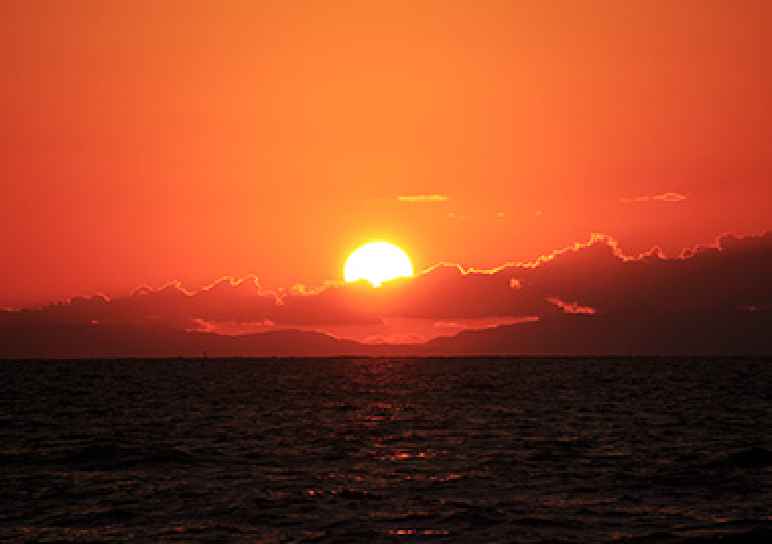
Shubun
Around September 23 to October 7
When yin and yang are in balance
During Shubun, the heat subsides and chilly days become more frequent. This is the autumnal equinox as the days and nights are of roughly equal length. This is when the seven autumn flowers are in full bloom.
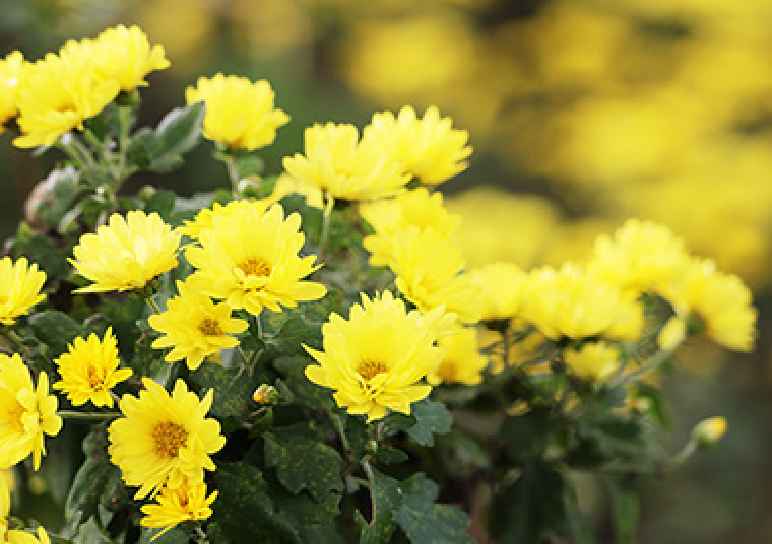
Kanro
Around October 8 to October 23
When the cold dew drops, autumn is in full swing.
Cold dew” is the time of year when cold dew forms. Autumn is finally in full swing.
The chrysanthemum flowers begin to bloom and the leaves on the mountain trees are getting ready to turn red. The rice harvest is almost over.
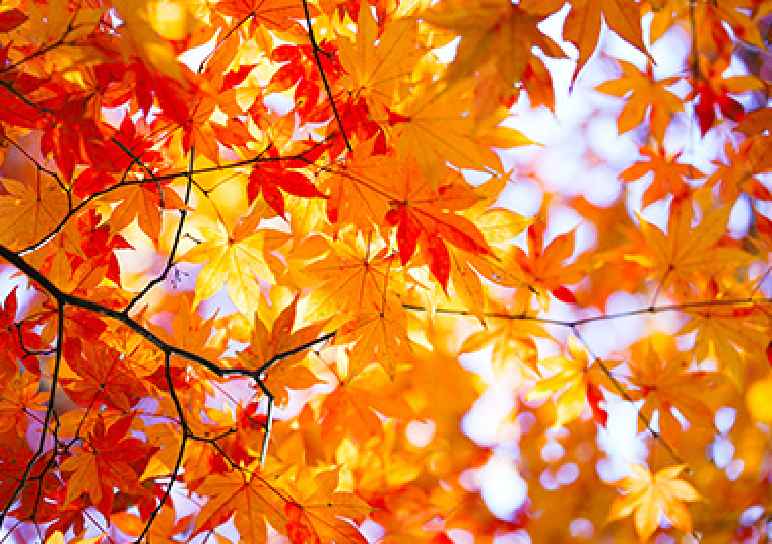
Soko
Around October 24 to November 7
When the dew combines with the gloom to form falling frost
Soko is the time of year when frost falls in northern and mountainous areas, and in the morning, the grass and trees are covered in white. The number of wild flowers begins to decrease, to be replaced by autumn leaves decorating the mountains.
Winter
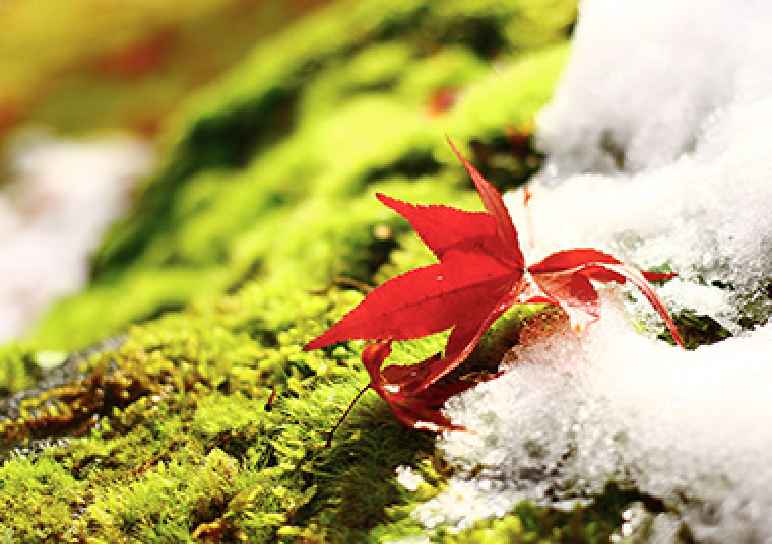
Ritto
Around November 8 to November 22
When the hints of winter finally turn into full-blown cold
Winter is from Ritto to the day before Risshun. This is a season of shortening days and drizzling rain. News of the first snows begin to arrive from northern and mountainous regions, and dry winds blow in the Kanto region.
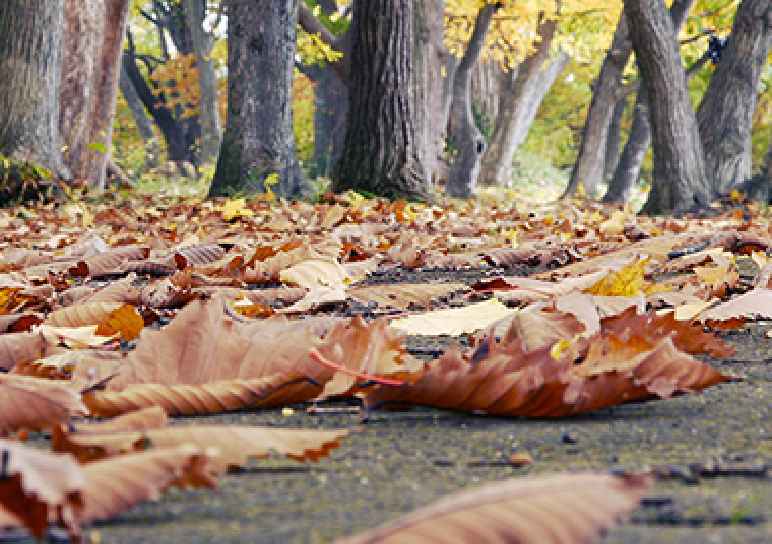
Shosetsu
Around November 23 to December 6
When the cold turns the rain into snow
Shosetsu is the season when the sun’s rays weaken and the cold intensifies. Leaves fall off trees, and the first snows begin to fall on the plains.
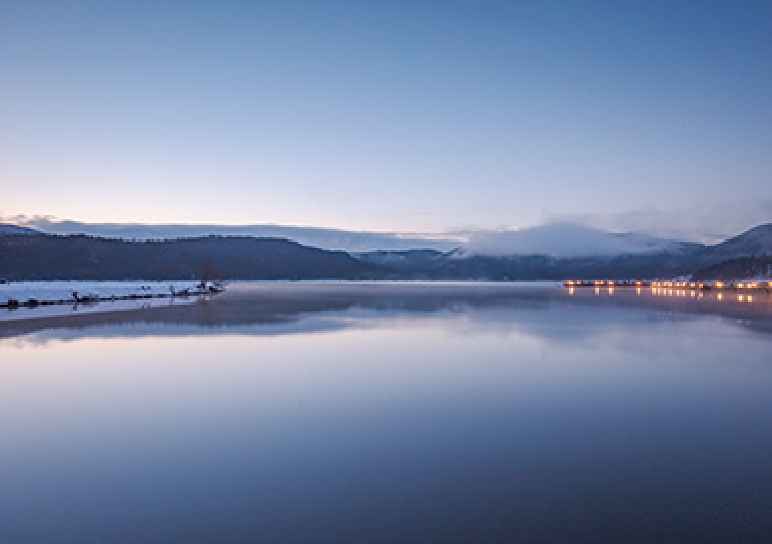
Taisetsu
Around December 7 to December 21
When the snow finally starts to pile up
When it snows heavily, ice can be seen on ponds and rivers in the mornings and evenings. From around this time, we start stepping on frost pillars on the ground. The mountains are covered in snow and begin to take on the appearance of winter.
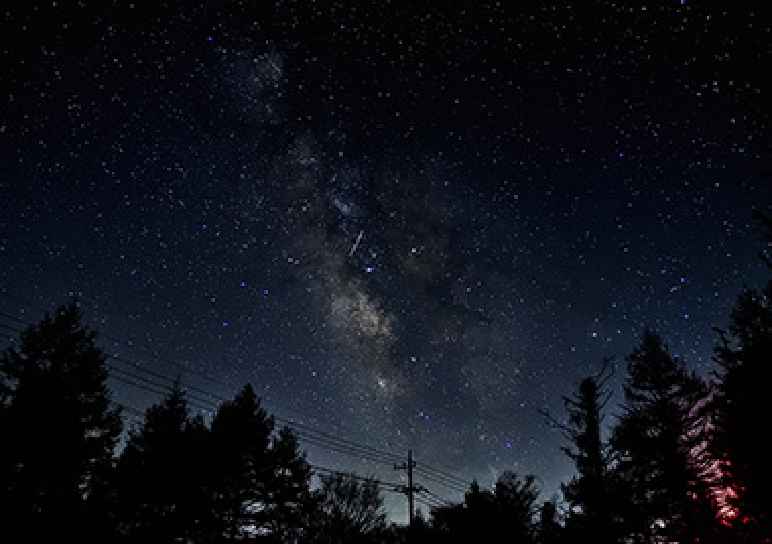
Toji
Around December 22 to January 5
When the days are so short you can only go as far as Nichinan
Toji is when the nights are the longest during the year. Since the days begin to once again lengthen from this point, in ancient times, this was considered the beginning of the year. There is a custom of eating pumpkins and taking a bath with yuzu citrus fruits.
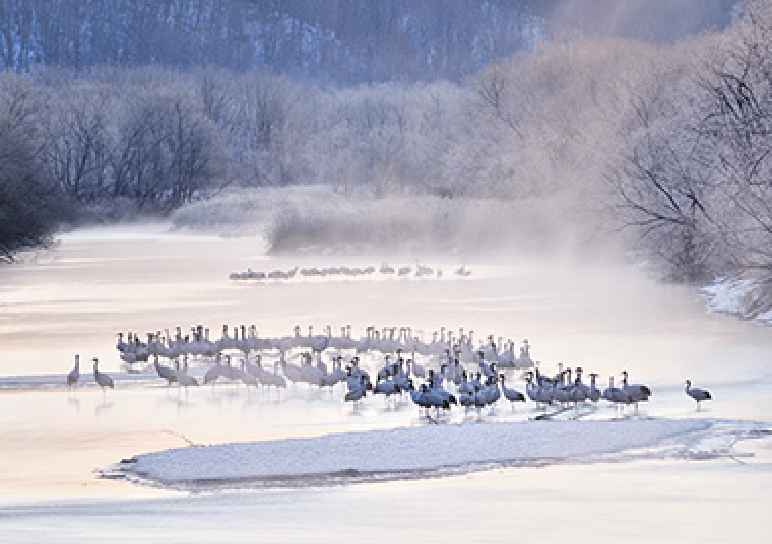
Shokan
Around January 6 to January 20
When the days are longer than during Toji but it feels colder and colder
This is the onset of the cold, and the period from this point to Setsubun is called Shokan. The coldest time of the year is just around the corner. During this period, the ice on ponds and rivers continues to thicken.
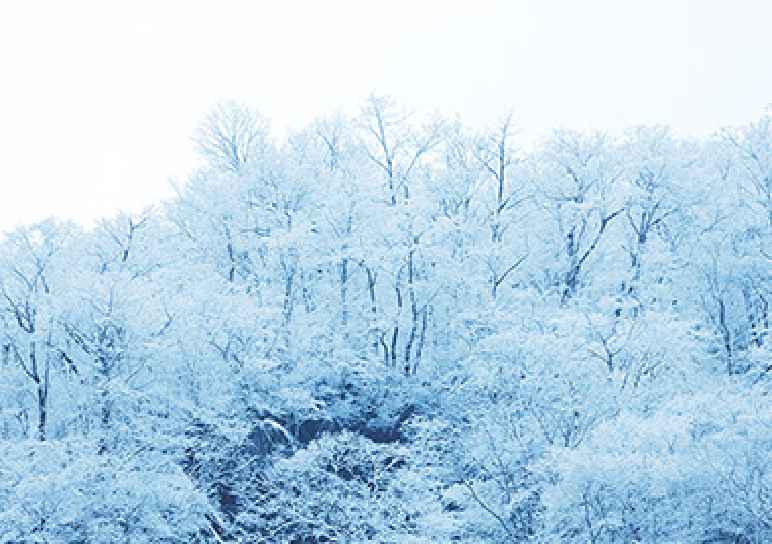
Daikan
Around January 21 to February 3
When the cold is the most intense
Daikan is the coldest time of the year. Looking at it the other way around, the weather will begin to warm up soon. Spring is just around the corner.
